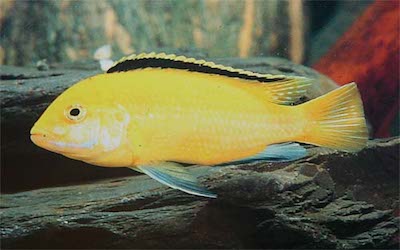PTE考生目前最大的问题之一就是练习题缺乏。除了有限的基本官方书(PLUS,Testbuilder, OG)之外就没有题了。很多英语基础不是很扎实的同学很难找到练习材料。悉尼文波雅思PTE培训学校专门为澳洲,尤其是悉尼、墨尔本的PTE考生准备了适合PTE听力阅读练习的科学60秒。各位PTE同学可以练习PTE听力中的summarise spoken text和PTE口语中的retell lecture,PTE听力口语-科学60秒-Frosty Moss练习记笔记技巧和复述。废话少说,下面开始:
听力内容:
60秒科学节目(SSS)是科学美国人网站的一套广播栏目,英文名称:Scientific American – 60 Second Science,节目内容以科学报道为主,节目仅一分钟的时间,主要对当今的科学技术新发展作以简明、通俗的介绍,对于科学的发展如何影响人们的生活环境、健康状况及科学技术,提供了大量简明易懂的阐释。
This is Scientific American — 60-Second Science. I’m Jason Goldman.
Got a minute?
Hundreds of millions of years ago a humble fish swam in the lakes and rivers of the supercontinent Gondwana. Eventually Gondwana broke apart, becoming the continents we know today. And the descendants of that fish, now called cichlids, continue to swim the fresh waters of both Africa and South America.
Cichlids have some of the most incredible visual systems known. Humans have genes that code for three different types of visual pigments, called opsins. Cichlids have seven.
“But what is interesting within cichlids, which is this group of very diverse fishes, is that they can express different sets of these seven genes. So they only express three typically, but different species express different groups of these seven genes.”
Biologist Daniel Escobar-Camacho, from the University of Maryland in College Park.
“So for example, we have opsin genes that code for the blue, green, and red opsin…whereas cichlids have genes that are sensitive to UV, violet, blue, blue-green, green, light green, and red.”
But selection pressure has kept only some of those genes intact.
African cichlids, whose visual systems are well studied, evolved in fairly clear, calm, blue lakes with plenty of sunlight. And it was known that they’ve maintained the genes for seeing short wavelength light, at the blue end of the spectrum. But their South American counterparts live in the murky waters of the Amazon River basin, bathed mostly in reds and oranges.
Escobar-Camacho analyzed DNA from three different Amazonian cichlids: the freshwater Angelfish, the Discus, and the Oscar, all of which are also popular in home aquariums. He discovered that each species has completely lost at least one of the seven opsin genes, and some have even lost two. But they’ve each lost different genes.
“What is interesting is that they are expressing genes in the retina that allow them to be long wavelength-sensitive. And this is in concordance with the light environment in Amazon waters, because Amazon waters transmit long wavelengths best.”
In other words, Amazonian cichlids were most sensitive to red and orange light, which makes sense because Amazonian rivers filter out most of the blues and greens. The results are in the journal Molecular Ecology.
The finding is consistent with an idea called the “sensitivity hypothesis,” which holds that a color visual system evolves by adapting to the dominant wavelengths of light in the environment. In other words, what you get is what you see.
Thanks for the minute for Scientific American — 60-Second Science Science. I’m Jason Goldman.
墨尔本悉尼文波PTE原创首发
更多精彩请持续关注微信wenbo_tv3。





